
BOR LC 7: LC Usability / Windowing / Open Obj Panel in Workspace
Phil Weinstein, David Neumann, Edie Zagona, CADSWES, 5-01-2017, Notes.
See prior general notes:
ADDENDUM: Open Object Panel in Workspace
As an alternative to the Open Object Viewer as described in the prior notes, we would also like to consider an alternative of deploying an Open Object Panel within the Workspace dialog. Here is a mockup:

These notes explore one particular challenge with this arrangement: Reconciling the Open Object Dialog's MENU BAR with that of the Workspace.
One thing that I tried was use of the Qt 5.5.1 QMenuBar::addSeparator() method, to see if that would make the subsequently added menus to be right-aligned in the menubar (or otherwise, visually separated). This method has an effect only in certain Qt widget styles, and apparently not for any of the three available "Windows" widget styles, nor with the "Fusion" style.
While QMenuBar is a QWidget which could be deployed at the top of any panel widget, QMainWindows support only a single QMenuBar. FWIW, When using a QMainWindow, we don't have to use that QMainWindow's automatically created QMenuBar -- we can provide our own instance (e.g. a QMenuBar subclass). (I don't mean to suggest that that will be helpful to us here).
We would have basically two choices:
Secondary QMenuBar Issues:
Reference -- Workspace Dialog Shortcuts:
_openModelAction -> setShortcut (Qt::CTRL + Qt::Key_O); _saveModelAction -> setShortcut (Qt::CTRL + Qt::Key_S); _saveAsModelAction -> setShortcut (Qt::CTRL + Qt::SHIFT + Qt::Key_S); _exitAction -> setShortcut (Qt::CTRL + Qt::Key_Q); _runControlAction -> setShortcut (Qt::CTRL + Qt::Key_R); _mrmControlAction -> setShortcut (Qt::CTRL + Qt::Key_M); _evalExprSlotAction -> setShortcut (Qt::CTRL + Qt::SHIFT + Qt::Key_E); _validateExprSlotAction -> setShortcut (Qt::CTRL + Qt::SHIFT + Qt::Key_V); _deleteObjectsAction -> setShortcut (Qt::Key_Delete);
Reference -- Open Object Dialog Shortcuts (slightly different syntax):
_copySlotsAction -> setShortcut (tr ("Ctrl+C"));
_pasteSlotsAction -> setShortcut (tr ("Ctrl+V")); // partial conflict (shifted)
_closeAction -> setShortcut (tr ("Ctrl+W"));
_slotsViewAction -> setShortcut (tr ("Ctrl+S")); // conflict
_methodsViewAction -> setShortcut (tr ("Ctrl+M")); // conflict
_accountsViewAction -> setShortcut (tr ("Ctrl+A"));
_openSlotsAction -> setShortcut (tr ("Ctrl+O")); // conflict
_plotSlotAction -> setShortcut (tr ("Ctrl+P"));
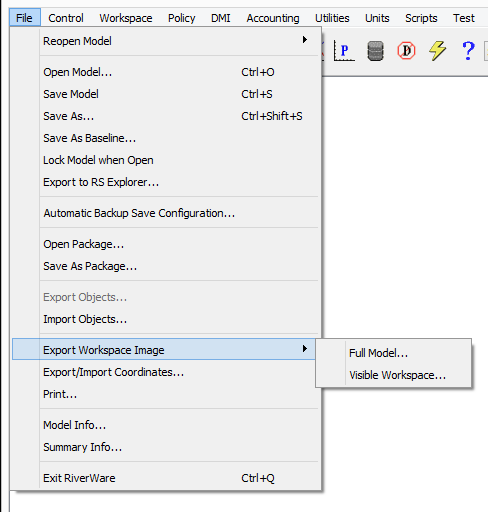
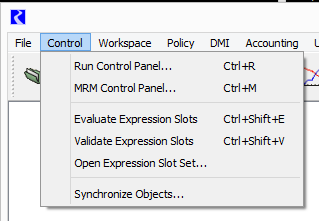
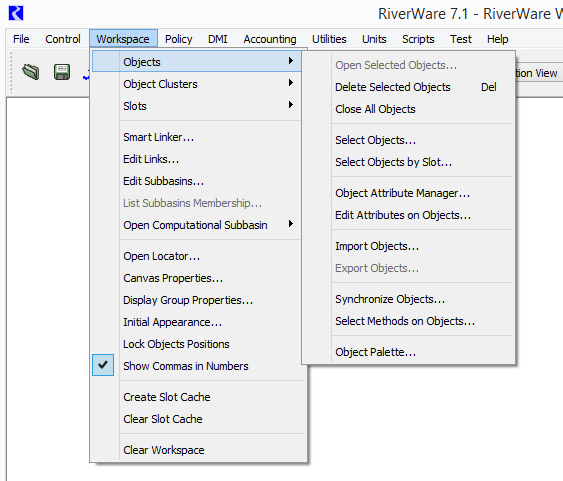



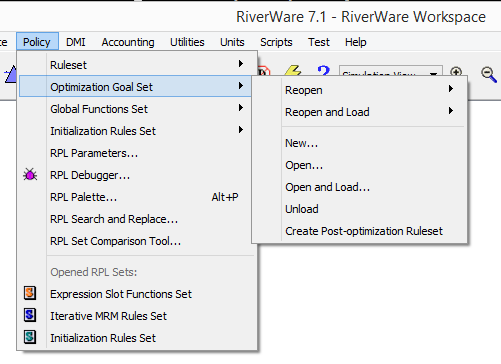
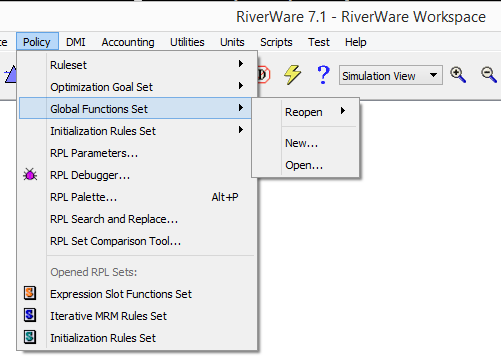
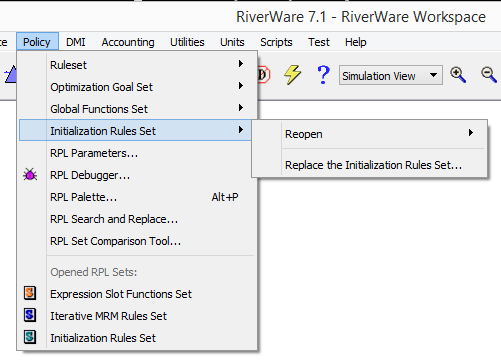
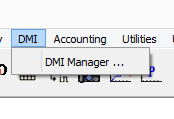
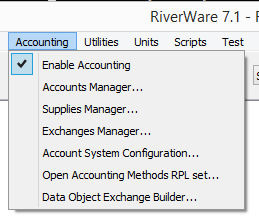
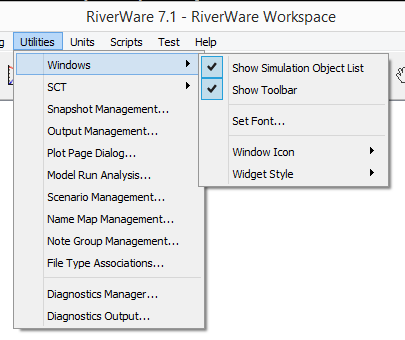
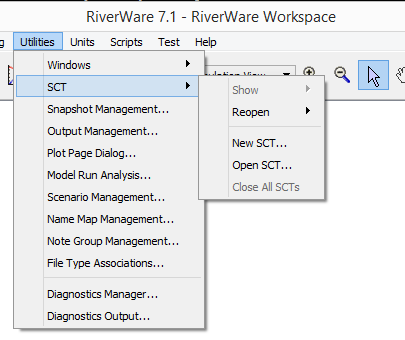
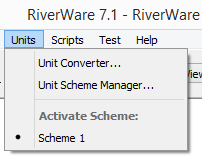
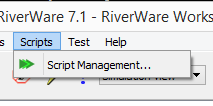
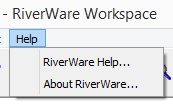
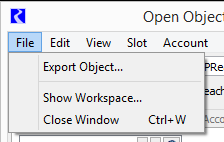
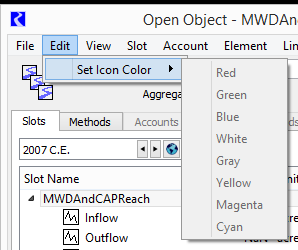
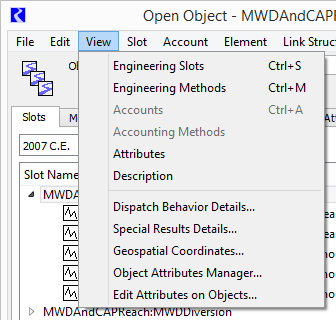
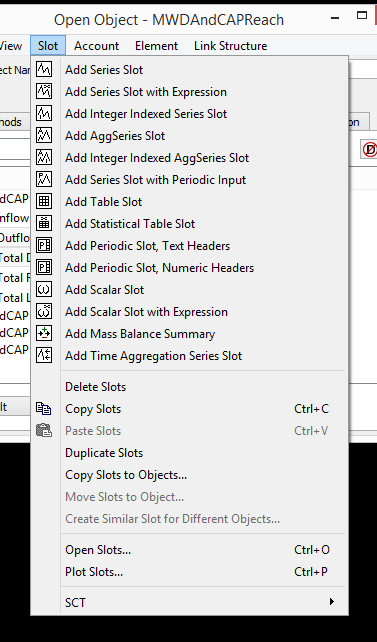
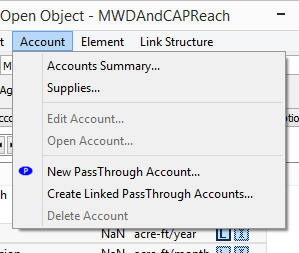
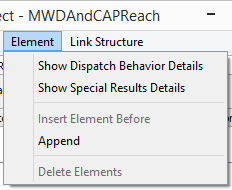

--- (end) ---